

James Wong
2026 Audi SQ5 review: Quick drive
5 Days Ago
Jaguar is the latest company to exit the large luxury wagon segment in Australia, pulling the plug on its XF Sportbrake despite offering it in other markets.

News Editor


News Editor
So long, Jaguar XF Sportbrake.
Like the 2021 XF sedan, the Sportbrake receives a raft of enhancements including a new interior with an 11.4-inch touchscreen running Jaguar Land Rover’s new Pivi Pro infotainment system.
Alas, it won’t be coming here, with Jaguar paring the XF range down to a single sedan model.

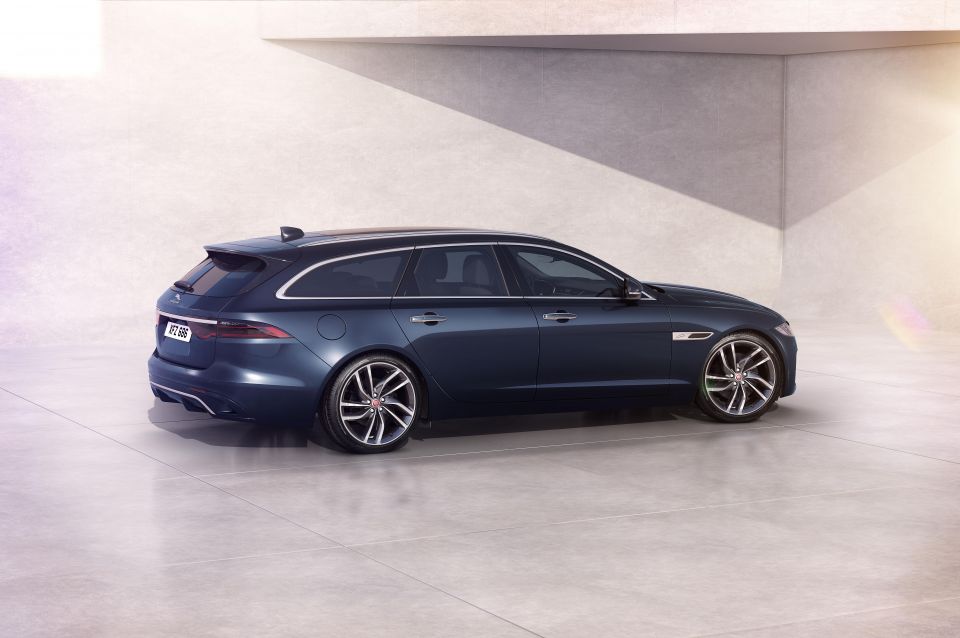
With the demise of Jaguar’s luxury longroof locally, the large luxury segment is now bereft of any station wagon without off-road aspirations.
That leaves just the Audi A6 allroad and Volvo V90 Cross Country.Mercedes-Benz currently offers an E-Class All-Terrain but the company says it’s “still evaluating” whether it’ll appear as part of the updated 2021 range.
Mind you, the odds of any of these being taken off-road are slim to nil. Nevertheless, each of these three Europeans features a raised ride height and various exterior tweaks to make them appear more SUV-like.
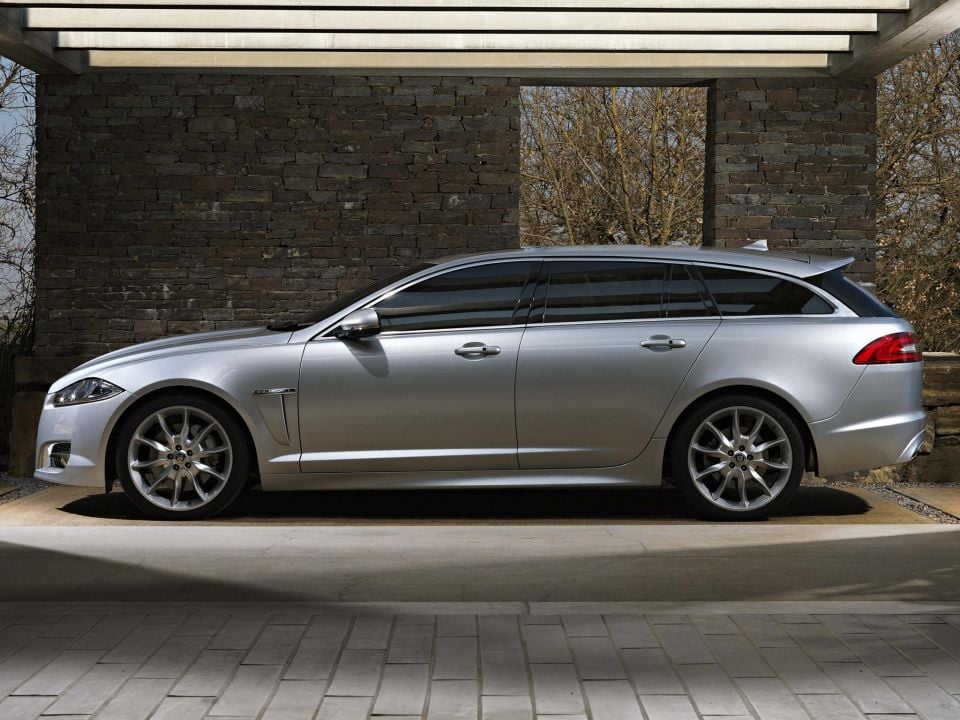
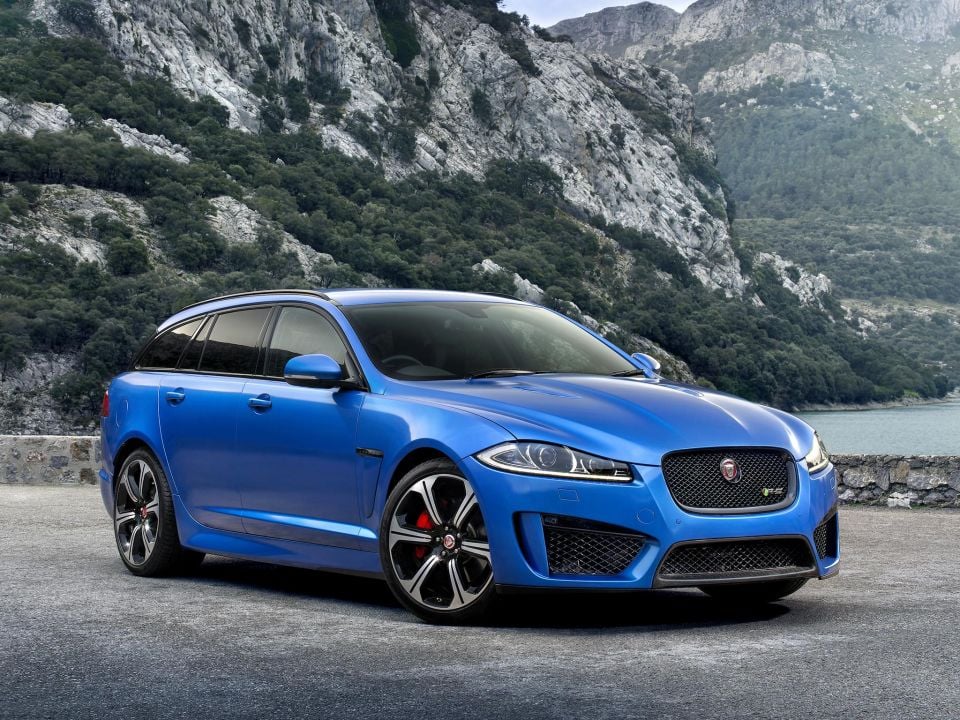
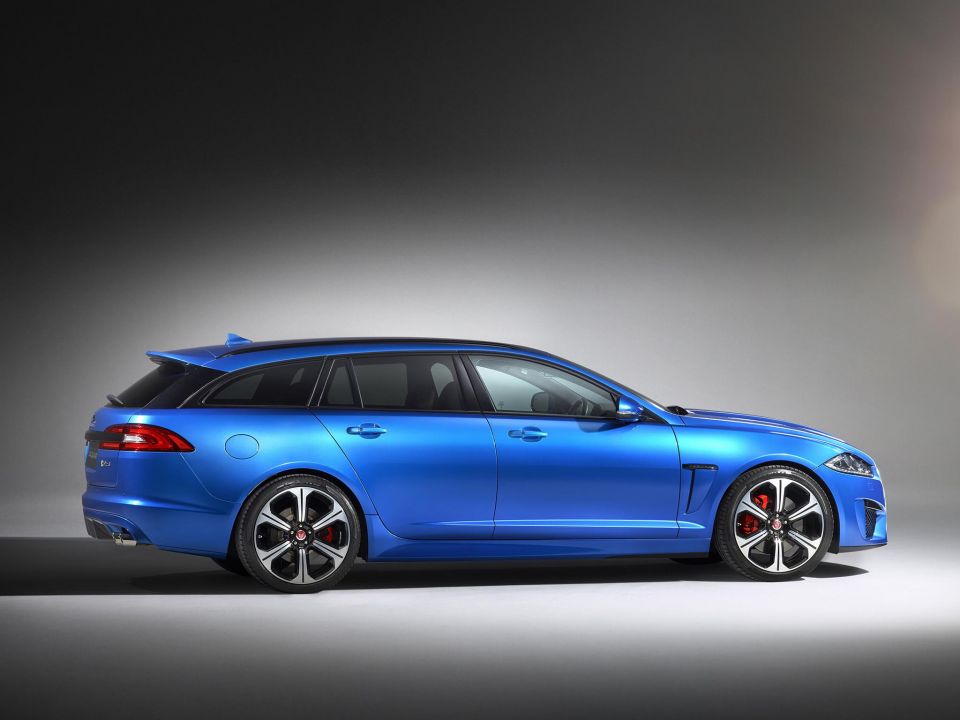
The XF Sportbrake’s time on the Australian market was short-lived, with the wagon lobbing locally late in 2017. Like the X-Type wagon, we never received the curvaceous, first-generation XF Sportbrake.
That was a crying shame as Jaguar made the XFR-S available in both sedan and wagon body styles, meaning in other markets you could get a British wagon with a supercharged 5.0-litre V8 producing 404kW of power and 680Nm of torque.
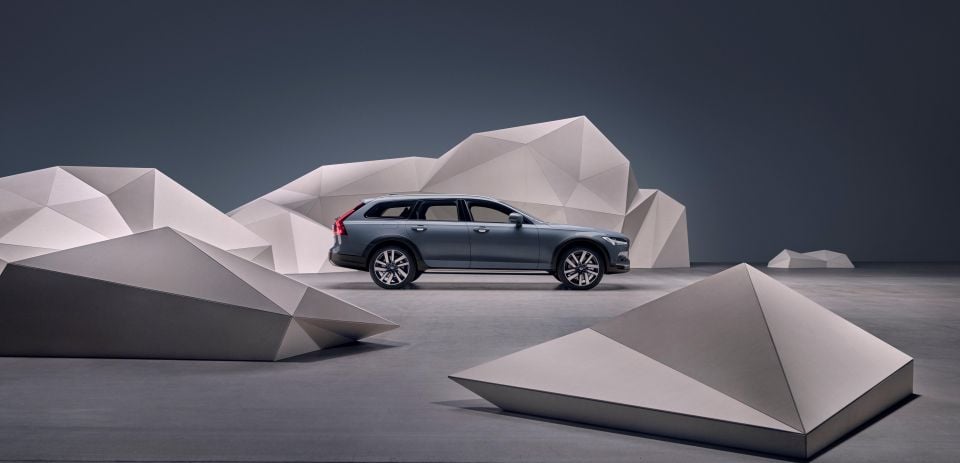
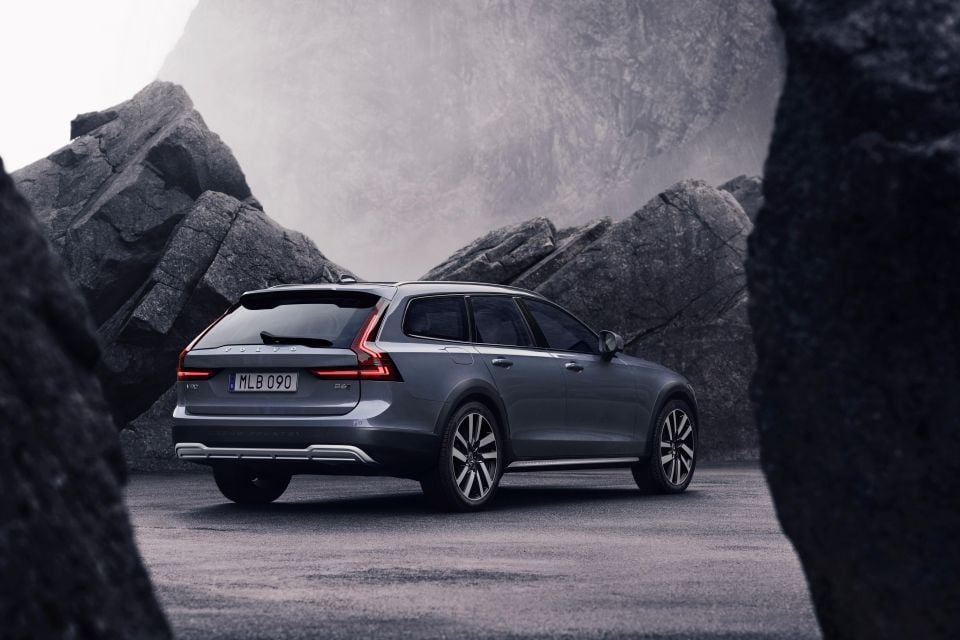
Though most companies don’t break out wagon sales figures, we know how many wagons Volvo sells in this segment due to its unique nameplate. Year-to-date, it’s sitting at 63 units sold.
That mightn’t seem like much but it’s almost half the Audi A6’s figure despite lacking a sedan (the related S90 was discontinued last year) and offering only a single powertrain. The Volvo has also managed to best the entire XF range, of which Jaguar has sold just 26 examples so far this year.
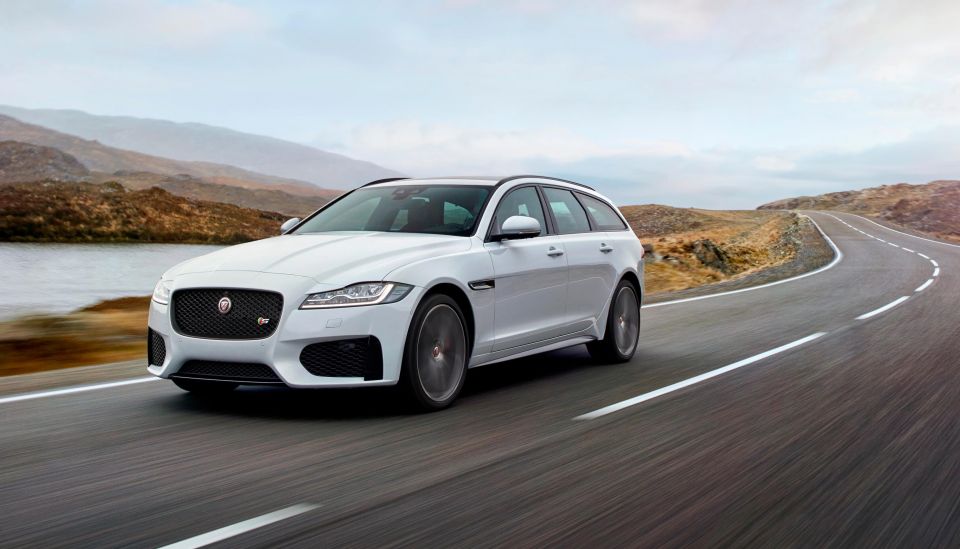
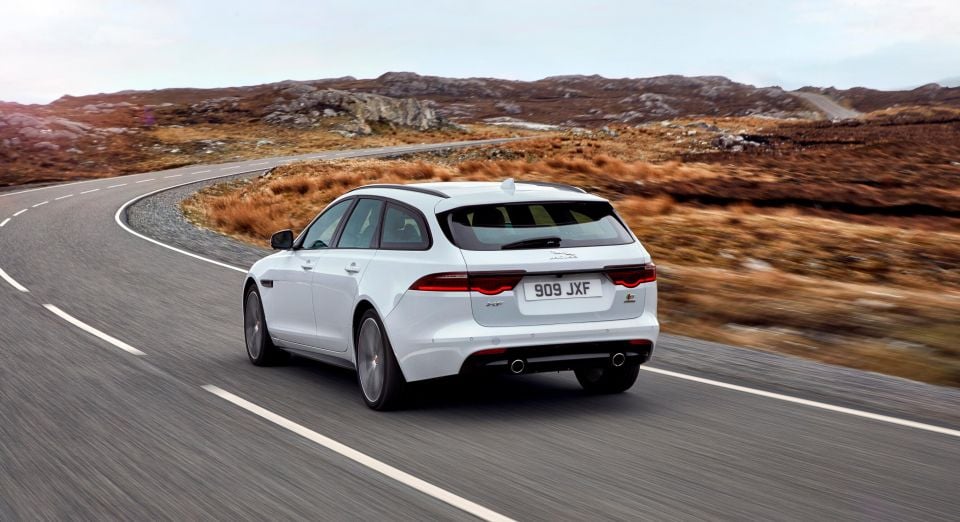
That’s a rather dire figure for Jaguar considering the plethora of XF models it offered. In wagon guise alone, Jaguar offered a choice of turbo-petrol 25t and turbo-diesel 20d and 30d models for 2020.
Other lower-volume models the Volvo has toppled include the moribund Lexus GS (20) and soon-to-be replaced Genesis G80 (35). The big V90 has picked up some steam, too – sales are up 65.8 per cent year-to-date, though that’s still only around 1/20th of the XC90’s numbers.
While Volvo is sticking it out and has a minor update coming for the V90 Cross Country later this year, rivals have left the segment.
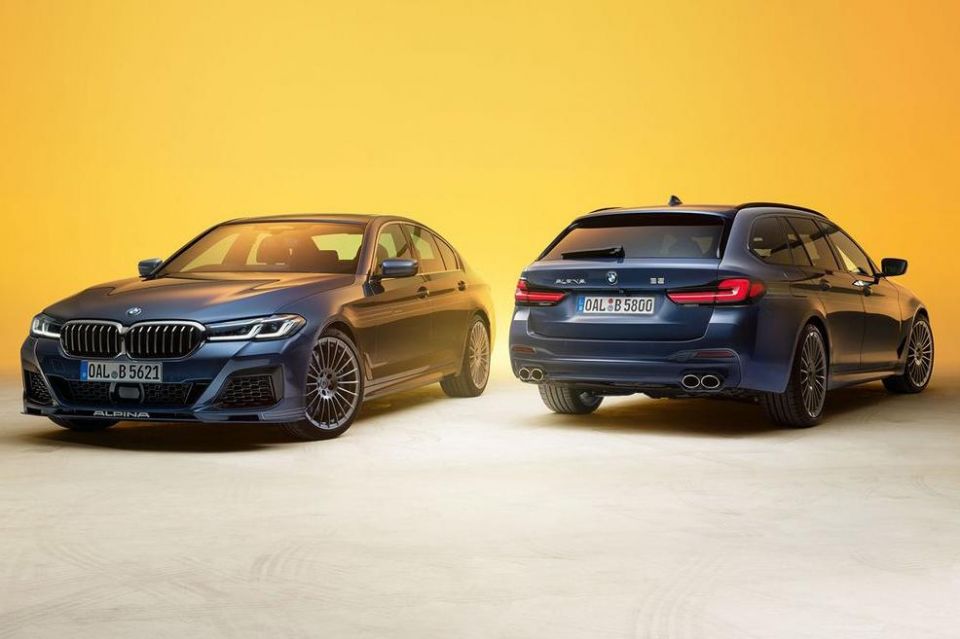
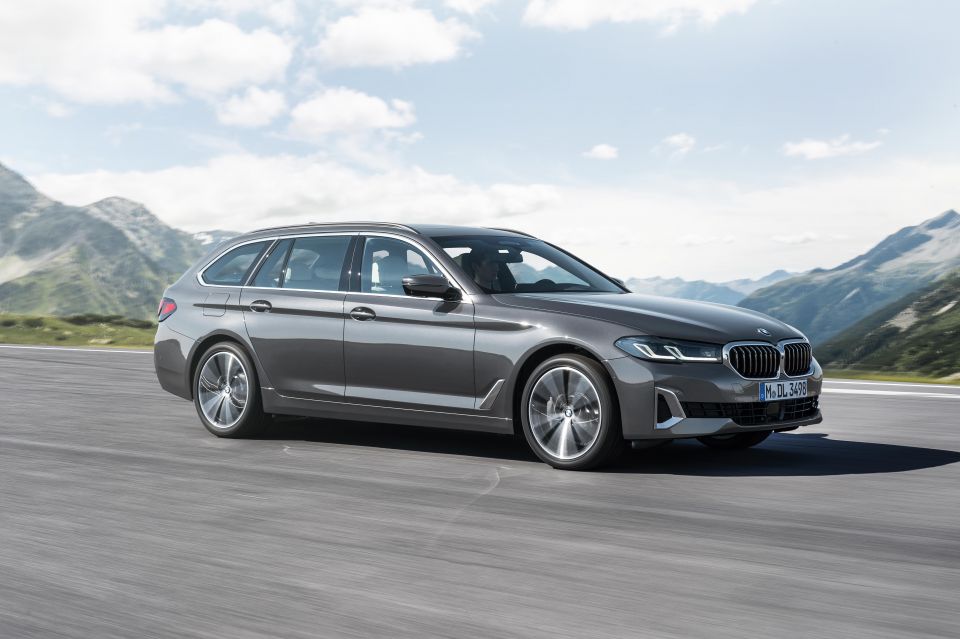
BMW’s recently revealed 2021 5 Series range doesn’t feature a single wagon variant. The outgoing model offered a wagon in both diesel 520d and petrol 530i models.
Alpina’s tuned-up 5 Series, the B5, was also withdrawn from market this year.
Volvo initially promised the regular V90 would come here, only to scuttle those plans, while Mercedes-Benz never offered a regular wagon version of its current generation of E-Class.
It’s worth noting that every single one of these wagons is still available in Europe. Even in the United States, the epicentre of the SUV explosion and typically as wagon-averse as Australia, you can get a regular V90 or E-Class estate, though Jaguar has also axed its XF Sportbrake there for 2021.
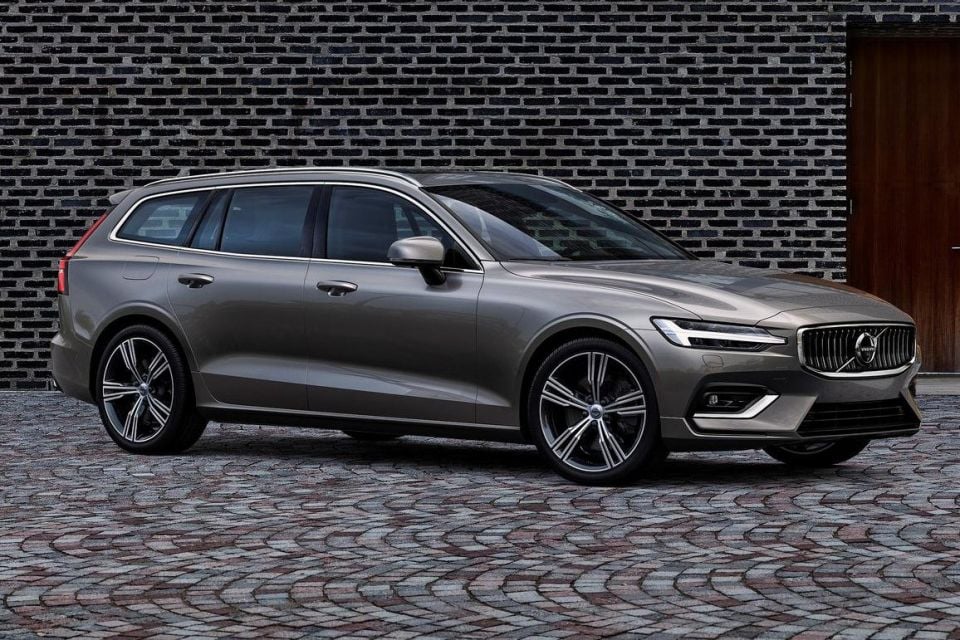
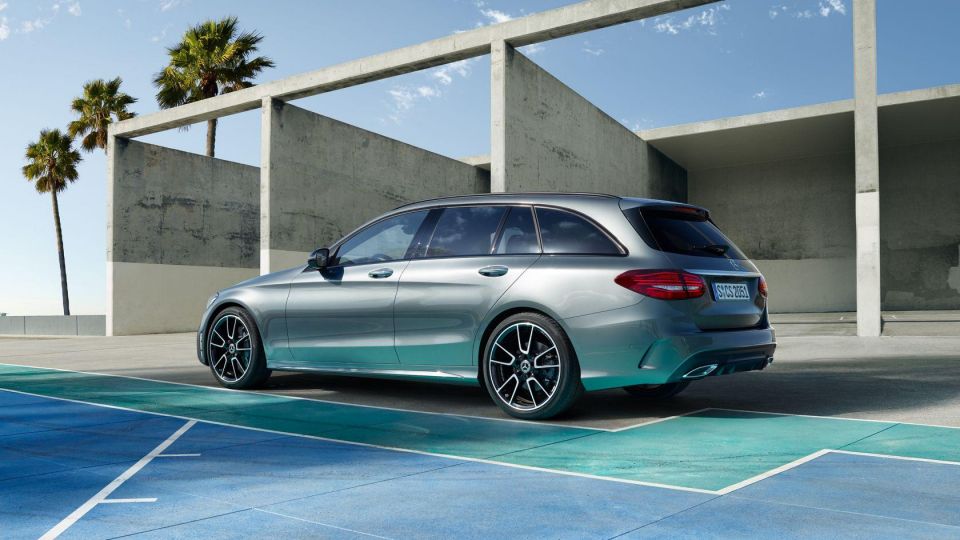
If you’re willing to settle for something smaller, wagon options are more abundant in Australia.
BMW and Mercedes-Benz have wagon versions of their 3 Series and C-Class models, while wagon stalwart Volvo fields its V60.
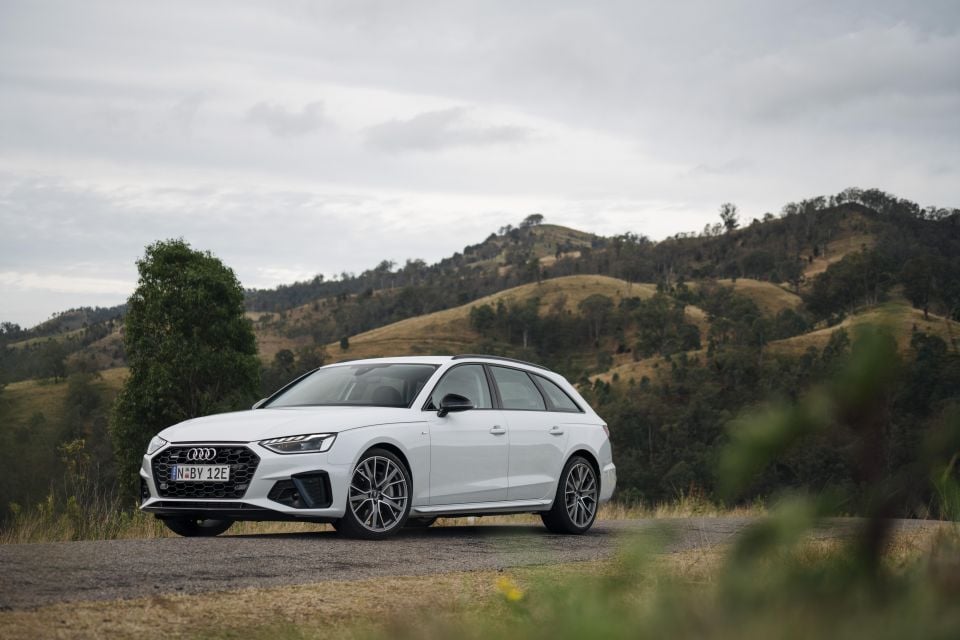
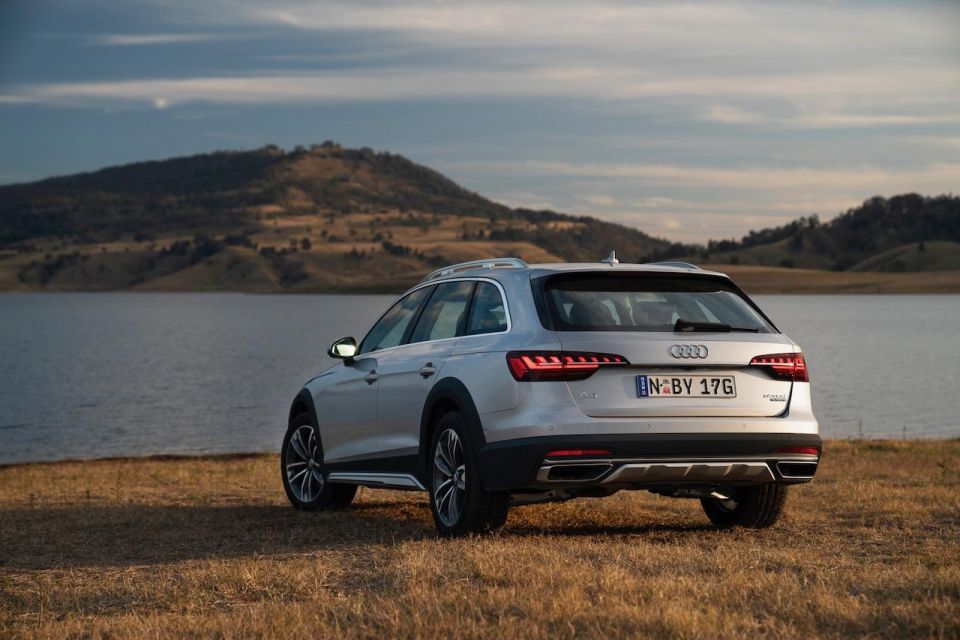
Audi does one better, offering both conventional (Avant) and off-road focused (Allroad) wagon versions of its A4.
In the luxury car market, only Porsche is bucking the trend away from station wagons by introducing more. It introduced its Panamera Sport Turismo in 2017 and will introduce an off-road-esque Cross Turismo wagon variant of its all-electric Taycan next year.
Spy photographers have also captured a wagon version of the updated Genesis G70, though it’s yet to be confirmed for Australia.
William Stopford is an automotive journalist based in Brisbane, Australia. William is a Business/Journalism graduate from the Queensland University of Technology who loves to travel, briefly lived in the US, and has a particular interest in the American car industry.


James Wong
5 Days Ago


Max Davies
4 Days Ago


Josh Nevett
2 Days Ago


Max Davies
2 Days Ago
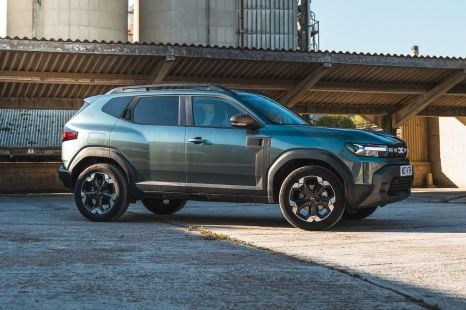

Damion Smy
2 Days Ago
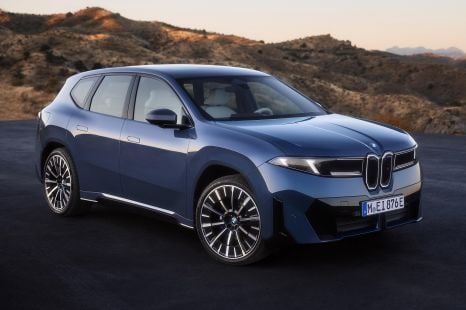

William Stopford
1 Day Ago